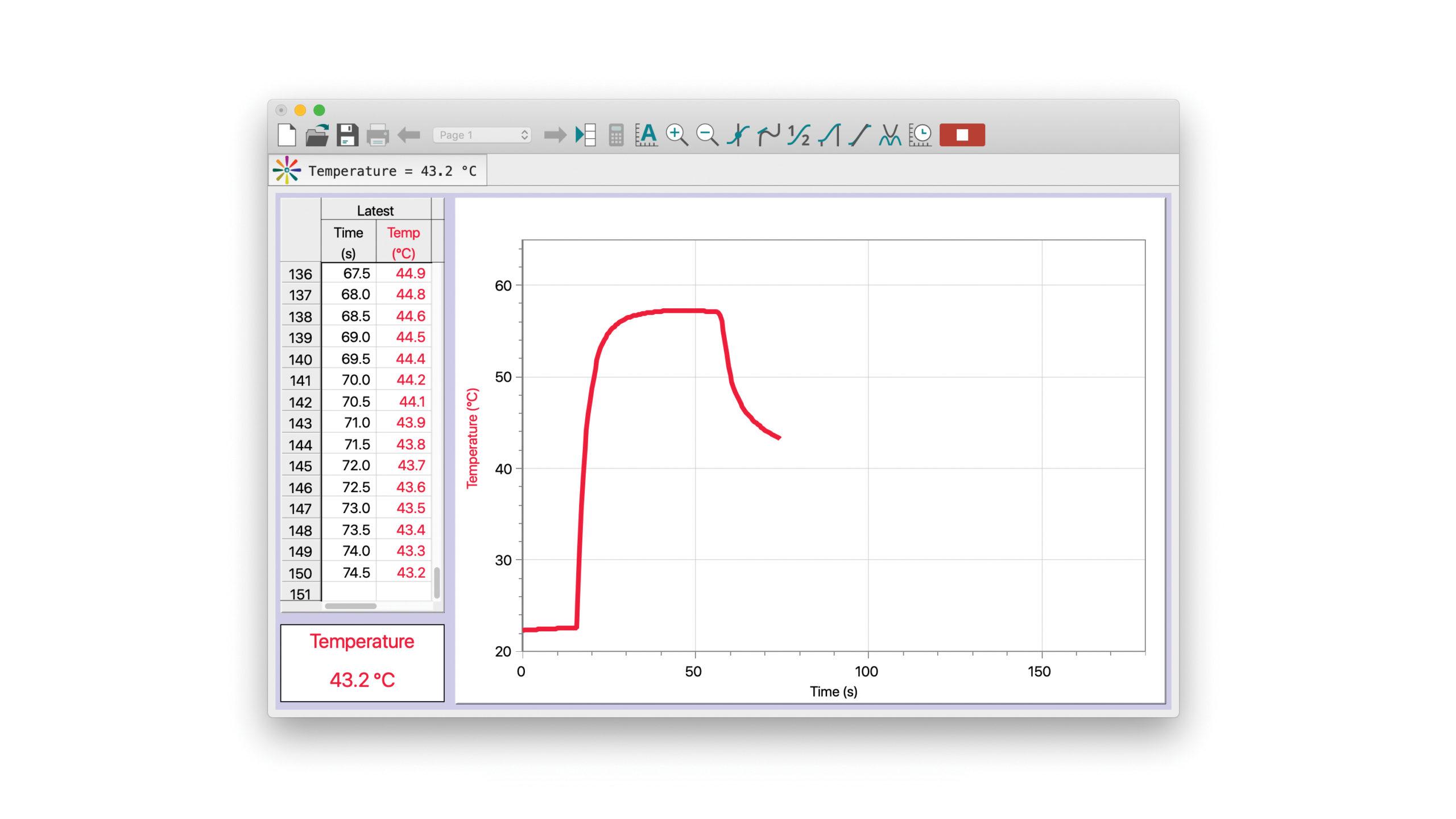Introduction
Consider a thin insulated rod that carries a known negative charge Qrod that is uniformly distributed. It is possible to determine the electric field along a line perpendicular to the rod that passes through its center using the following equation – often derived in introductory texts:
where L is the length of the charged part of the rod, r is the distance from the test charge to the center of the charged part of the rod, and Qrod is its total charge. The constant k is the well-known Coulomb constant.
Objectives
In this activity, you will
- Examine a digital movie of a charged rod exerting a force on a hanging “test charge” along with a Logger Pro analysis to determine if the theoretical equation describes the relationship between r, L and the measured electric field,
at the location of the test charge.
Sensors and Equipment
This experiment features the following sensors and equipment. Additional equipment may be required.
Ready to Experiment?
Ask an Expert
Get answers to your questions about how to teach this experiment with our support team.
- Call toll-free: 888-837-6437
- Chat with Us
- Email support@vernier.com
Purchase the Lab Book
This experiment is #27 of Physics with Video Analysis. The experiment in the book includes student instructions as well as instructor information for set up, helpful hints, and sample graphs and data.


